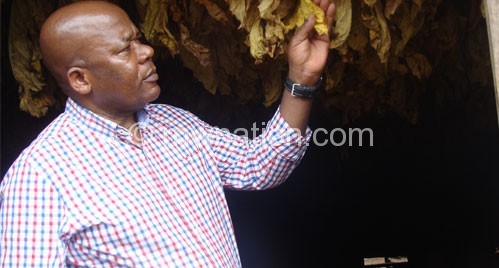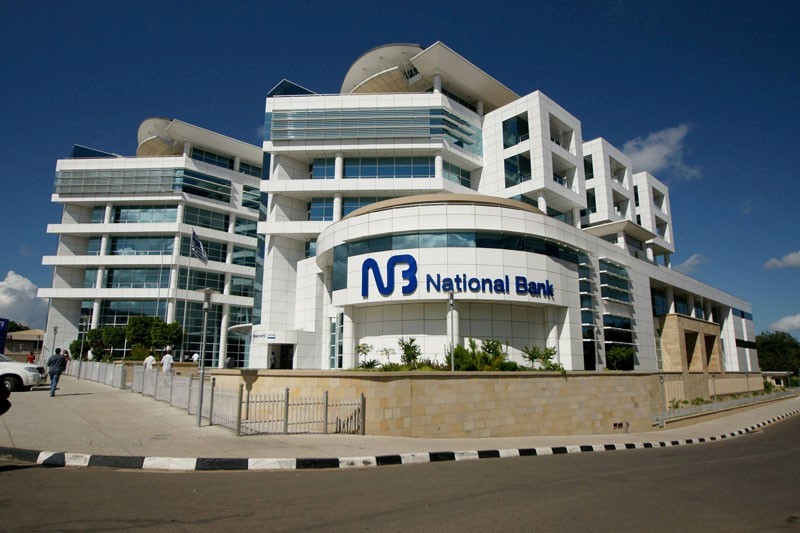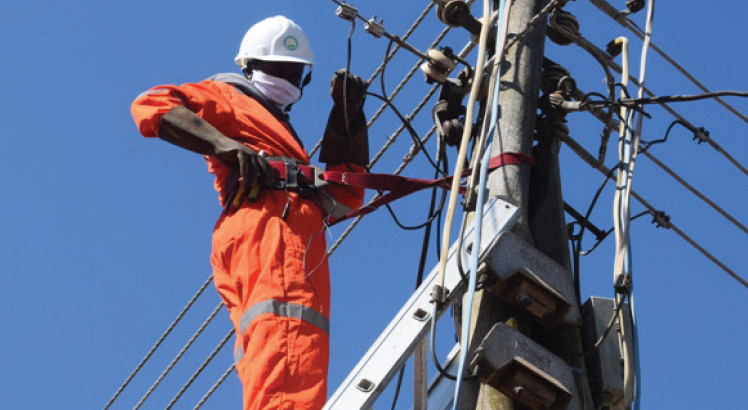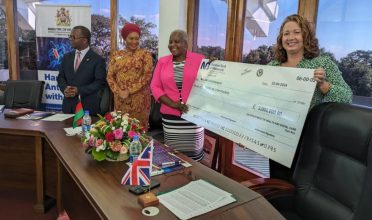Tobacco ,minimum prices await government

The Tobacco Control Commission (TCC) says it has submitted its minimum price metrics for both contract and auction markets to government for approval as the leaf’s marketing season in March draws closer.
During the last selling season, minimum prices for burley tobacco, grown by a majority of smallholder farmers, ranged from 90 cents per kilogramme (kg) for the lowest quality leaf to $2.25 per kilogramme.
The prices peaked from a range of 80 cents per kg to $2.15 per kg the year before.
For flue cured tobacco, mostly the preserve of large estate commercial farmers, the prices ranged from 35 cents to $4.20 per kg while price for dark-fired tobacco were maintained at a range of 60 cents to $3 per kg.
TCC chief executive officer Bruce Munthali, in an interview on the sidelines of a tobacco field visit at Southern Flue Estate in Thyolo on Saturday, could not reveal the minimum prices for this year.
This means that tobacco growers will have to wait a while longer as Munthali said it takes a bit of time to secure the approval because government considers so many factors to ensure that all the submissions have the right price models to move the country forward.
“As you know, tobacco is one of our major cash crops, so government also has experts who look at those things. But we have a price working model which we are using as an industry which most farmers will have to know,” he said.
Tobacco still remains Malawi’s principal export crop accounting for more than half of all foreign exchange earnings, contributing 13 percent to gross domestic product (GDP) and employing millions of people directly and indirectly.
Malawi earned $330.9 million from tobacco exports between July and December 2013, according to the TCC, a figure that accounted for 60 percent of all total earnings, signifying that the leaf is still the number one export crop.
Commenting on the prospects for this year, Munthali said: “What we are seeing on the preliminary estimates that we have, is that the crop will increase roughly by about 25 percent over last year.”
Last year, the country’s tobacco output peaked at 168 million kg from just under 80 million kg the year before.
The jump in output, he said, is on the basis of good prices that prevailed last year, particularly for burley tobacco, compelling more farmers to grow the crop.
The last growing season, government adopted the Integrated Production System (IPS)—a system that combines tobacco growing and marketing strategies—in which 80 percent of the leaf was sold through contract whereas the rest passed through the auction market.
This year, the TCC is maintaining this scenario despite Munthali saying there will be some deviations in terms of proportions, particularly for farmers who are not affiliated to any tobacco buying company and will be accommodated on the auction market.






A couple of problems with our tobacco industry in Malawi. It is indeed the highest foreign exchange earner but at what cost? Look at the deforestation in tobacco growing areas and the problems that come with it. Consider what the prices are like for similar grades in the US where their farmers have a bunch of subsidies. The industry in Malawi takes advantage of the poor farmers.
Those leading the tobacco industry have no clue regarding the value of their product. Munthali has no knowledge of the industry. We are being led by the blind and what do we expect
A chief export earner netting only $330.9/annum is a reflection of lack of development of the tobacco industry and a mockery to independence.Having introduced tobacco industry during infant independence years,by now tobacco products would have created enormous wealth for the country,maybe in the upwards of at least $5 billion.
I think several things were missing to achieve such a goal;the bargaining power for higher prices wasn’t there because Malawi attracted few buyers due to unsophisticated promotion or poor quality of the leaf,insufficient quantity that would beckon new frontiers such as Japan,China or Russia,and finally, the non establishment of cigarette manufacturing companies that could add value to the tobacco produced thereby launching local cigarette brands that potentially could offer competition to international brands.I think there wasn’t seriousness on the industry.For example,Malawi could introduce its own brand of a cigar that could attract wealthy buyers abroad.Cuba doesn’t produce as much tobacco as Malawi does but it prides to have the Cuban cigar.
The Malawi nation is sleep walking into oblivion. The country has been growing and exporting tobacco since 1893!! What does it have to show for apart deforestation? See link below how Malawi compares to Mozambique and other nearby countries. There is a way to really transform the economy people!! It is outside agriculture, mining and tourism. These will help but they are not what the country must be seeking to develop… I am running out of superlatives to describe how wrong the pursuit of these extractive industries is for the country.
https://www.google.co.uk/publicdata/explore?ds=d5bncppjof8f9_&met_y=ny_gdp_mktp_cd&idim=country:MWI&dl=en&hl=en&q=malawi%20gdp%20graph#!ctype=l&strail=false&bcs=d&nselm=h&met_y=ny_gdp_mktp_cd&scale_y=lin&ind_y=false&rdim=country&idim=country:MWI:MOZ:ZMB:TZA:KEN&ifdim=country&hl=en_US&dl=en&ind=false